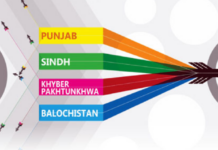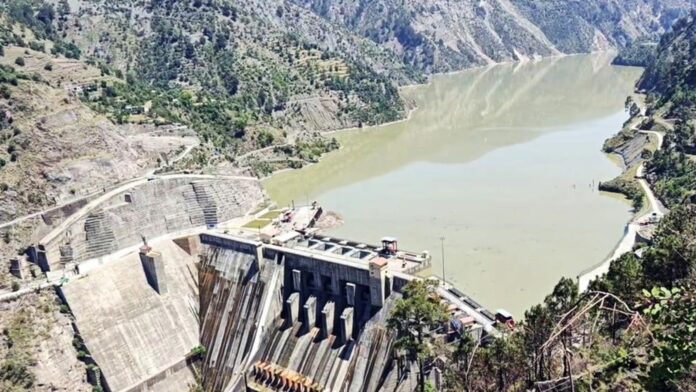The government has been unable to include the proposed dam cess in the finance bill for FY26 due to the lack of approval from the International Monetary Fund (IMF), The News reported.
However, discussions are ongoing between the IMF and Pakistani authorities regarding the implementation of the cess.
The proposal, primarily initiated by the Federal Board of Revenue (FBR), was not included in the current finance bill for FY25, which is under consideration in the National Assembly.
The government had aimed to impose the dam cess to generate funds for the expedited construction of key hydropower projects, including Diamer-Bhasha, Mohmand, and Dasu. These projects are critical for countering India’s manipulation of water releases, which has affected Pakistan’s crop sowing, especially in the Punjab region.
The IMF has raised concerns regarding the urgency of the dam cess, questioning its immediate need. Pakistani officials explained that India’s actions, particularly its manipulation of water under the Indus Waters Treaty, have led to disruptions in water flow from the Jhelum and Chenab rivers, impacting agricultural production in Pakistan.
In winter, when water levels in these rivers are naturally low due to ice in the catchment areas, India could exacerbate the situation by storing water in its dams, potentially damaging Pakistan’s winter crops and leading to food insecurity.
Officials also reported that the Sindh Irrigation Department has informed farmers of water shortages, with irrigation reduced by 90%, affecting large portions of cultivable land.
The government has emphasised to the IMF the importance of quickly completing dam projects to increase water storage capacity. If the IMF grants approval for the dam cess, it will be incorporated into the budget through legislation, or it could be enacted immediately via a presidential ordinance.
Regarding the collection of the cess, officials have yet to finalise the methods, but the Ministry of Water Resources has suggested creating a fund using provincial NFC shares to ensure consistent annual financing for dam construction.






















